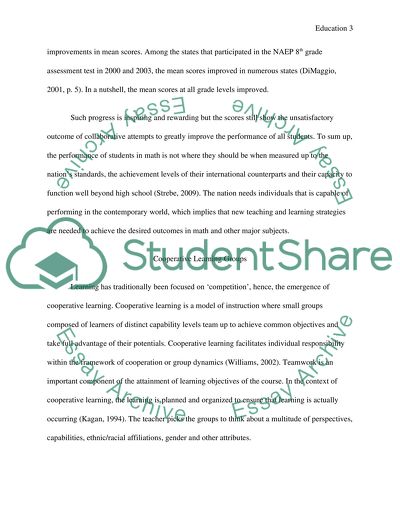Cite this document
(“Cooperative learning groups Essay Example | Topics and Well Written Essays - 2750 words”, n.d.)
Retrieved de https://studentshare.org/education/1396075-cooperative-learning-groups
Retrieved de https://studentshare.org/education/1396075-cooperative-learning-groups
(Cooperative Learning Groups Essay Example | Topics and Well Written Essays - 2750 Words)
https://studentshare.org/education/1396075-cooperative-learning-groups.
https://studentshare.org/education/1396075-cooperative-learning-groups.
“Cooperative Learning Groups Essay Example | Topics and Well Written Essays - 2750 Words”, n.d. https://studentshare.org/education/1396075-cooperative-learning-groups.


